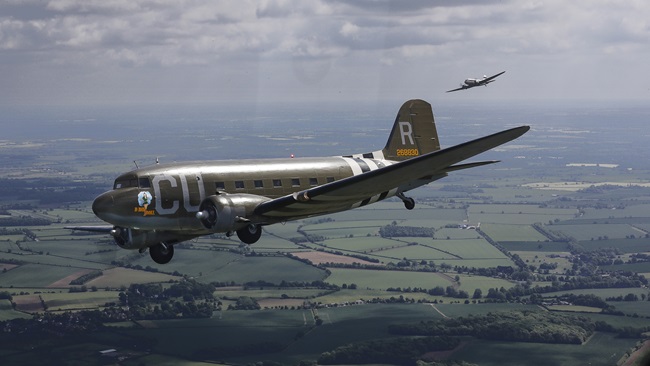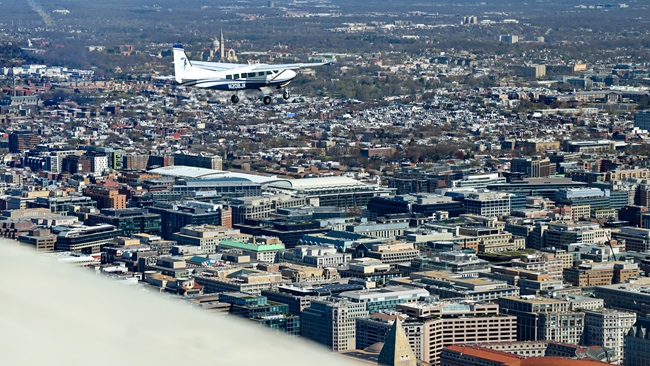 The debate about the proper role of automation in the cockpit probably started the day that Sperry Corporation developed the first autopilot in 1912. Some of the pilots of the day undoubtedly declared the contraption was for wimps. They are probably the same ones who secretly were afraid of the technology.
The debate about the proper role of automation in the cockpit probably started the day that Sperry Corporation developed the first autopilot in 1912. Some of the pilots of the day undoubtedly declared the contraption was for wimps. They are probably the same ones who secretly were afraid of the technology.
We saw the same reaction in the 1980s when “glass cockpits” showed up in business aircraft and airliners. Electronic Flight Instrument Systems (EFIS) were basically representations of conventional gauges on a cathode ray tube. In a few cases, the round dials were replaced by vertical tapes, which started controversy about how information should be displayed—one that continues today. Some airline pilots retired rather than deal with the transition to the new technology.
Automation throughout our lives charges on, changing everything from how we operate our cars to how we cook dinner. Most would agree that automatic transmissions have made driving easier—and, in some cases, less fun. I like a stick shift for weekend driving, but I’m happy to have an automatic in beltway traffic.
When it comes to our “modern” airplanes—which may only be modern in the cockpit—automation can improve safety and reliability, increase situational awareness, and increase redundancy. Yet, despite the progress, we continue to see a high level of accidents where pilots seem too dependent on automation.
As NTSB Acting Chairman Chris Hart pointed out at the National Business Aviation Association Convention in Orlando last fall, the Air France Flight 447 accident is an example. Pilots of all levels can wonder how it is that three highly trained, experienced airline pilots flying one of the most modern and capable aircraft ever designed could allow it to get away from them and plummet into the Atlantic Ocean because of the failure in the pitot static system. Based on available information, it appears that if they had simply pushed the nose over and properly used thrust, they could have flown on safely to their destination. Failure of a pitot-static system is something that is easily replicated in training, but combined with multiple failures in the system, darkness, and the turbulence from a nearby thunderstorm, the pilots seemingly misread the remaining instruments and mismanaged the situation. If they had been in an airplane with more basic instrumentation and been well trained in its weaknesses, could they have recognized the situation and responded differently? And if that had made a difference in that particular case, how might the safety record be different on a day-to-day basis if we declared that we shouldn’t build so much automation into modern airplanes? How frequently are accidents prevented by automation that we aren’t even aware might otherwise have happened?
Asiana Flight 214’s crash at San Francisco International appears to be related to the crew’s failure to recognize that their airplane was too slow on the approach. Rather than simply bump up the thrust, they watched the speed diminish to the point that their perfectly functioning airplane crashed.
A more recent accident also appears to be airspeed related. An Embraer Phenom 100 business jet, one of the most modern business jets available, appears to have gotten too slow on final to the Montgomery County Airpark in Gaithersburg, Maryland, in December 2014. Initial reports suggest the pilot overshot the final and then, in attempting to correct, did not apply additional thrust—despite cockpit warnings of an impending stall. He lost control of the airplane and it plummeted into a neighborhood, setting a house on fire, killing a mother and her two children as well as all three aboard the jet.
As Hart relayed to an audience at the NBAA convention, modern subway trains have become so automated that the “drivers” are bored and not engaged in the operation of the train. So when something goes wrong, the operators are not in the operational loop. Hart challenged cockpit designers to come up with new ways to leverage automation while keeping crews engaged and aware of their surroundings. As with many other things in life, it’s all about balance—balancing the benefits of automation against the need to have pilots engaged for when the automation takes a powder. The good news is that hand-flying is an effective antidote to over-automation, an antidote that is being built into many training curricula. And who wouldn’t argue that hand-flying—at least during some phases of flight—isn’t a whole lot more fun than watching George ply the skies? AOPA
Email [email protected]
Social: Follow on twitter @tomhaines29



